Eurasian Cultural Alliance Public Association
Republic of Kazakhstan, Almaty
Nurmakov str, 79
For all inquires please contact vladislavsludskiy@gmail.com
Republic of Kazakhstan, Almaty
Nurmakov str, 79
For all inquires please contact vladislavsludskiy@gmail.com
ARTBAT FEST 2
2011
May 28 – June 25, 2011
ARTBAT FEST 2011
FESTIVAL OF CONTEMPORARY ART
Zhanat Baymukhametov
art critic
art critic
The II International Festival of Contemporary Art that took place at Almaty Arbat did become the nationwide festival. Everything evidenced that thanks to the creative artistic projects the contemporary art slowly and surely thrusts its way to the broad lands of Eurasian culture.
Against the background of the conceptual works by foreign artists, special significance should be given to the works by such famous Kazakhstan artists as Moldakul Narymbetov and Smail Bayaliev, representatives of Kyzyl Traktor, a famous artistic group, as well as the works by young Kazakhstan artists such as Ermek Saparov, Saken Narymbetov, Sakhi Moldakul-uly and Bakhyt Bubikanova. Their principal artistic intention is to firmly establish the cultural institution of contemporary art in their native country.
The irrepressible energy that enabled Moldakul to submit to the public approval an entire hundred of "stone wives" – as he calls his balbals made of sandstone and car tires – is amazing. Their band filled a significant part of Arbat in order to mark its sacrality and to make the public feel the breathtaking depth of the Kazakh nation nomadic history.
"Balbals" are our social and individual body called Alter Ego or "Other Self", which releases our artistic Self from the dominating cultural codes (ideologies and ideologemes), from the preponderance of generally-accepted stereotypes.
The public was truly stupefied when Moldakul appeared at Arbat in his Pobeda, covered with tires and crowned by a balbal figure! Exhaust pipe protruded from the car hull as a periscope. Arrival of the rubber argymak to the central part of Arbat was followed by a fascinating performance. The artist sitting on the car top and having put on the bonnet a tray with beshparmak, kazy and lamb head, started to cut the meat. Everyone was unspeakably enraptured, which was actually the artist's intention. Pobeda (Victory) took place.
One must also mention the debut works by our young Kazakhstan artists. They presented quite creative works, which philosophical theme concerned the particularities of the contemporary perception of time such as change, as pulsation, which was represented in the art object called The Snake – several-dozens-of-meter-long metallic structure with the hoops of different diameter, through which anyone could pass. Another work, truly elaborate, called The Eye, was a three-meter tower crowned by an enormous human eye, with the eyeglobe bordered by animal symbols of the ancient Kazakh calendar. This work spatially articulates the idea that time is the duration of viewer's contemplation of the eternal natural cycle and return of the same. The group of mythical characters includes ancient stones that belong to the installation Adam and Eve by Bakhyt Bubikanova. It represents modern interpretation of kurak-korpe (patchwork blanket) through graffiti elements. This space filled with sexual energy and impulses obtains symbolical characteristics and interpretation.
It was this nomadic singularity that Smail Bayaliev tried to represent at Almaty Arbat in his art object called The Head of Buddha, a huge metallic red structure with regular gaps between iron hoops forming a head silhouette. The basis of the head is bordered by spiral-like metallic element. The hollow head symbolizes the hollowness of the most rational universe which name is "human society".
Artistic works by the contemporary artists are created in order to prevent social and political upheavals, when one must reject the imposed identities (race, cultural, national, class etc.) and acknowledge in each of us a myriad of other Selves as an inexhaustible potential of a creator longing for the boundless cosmic space. It is to this space that the art object called Baykonur is targeted; it is a shining metallic black rocket with the ancient Turkic runes carved out on it. Baykonur is a true monument to the eternal aspiration of a creator to achieve and open up the immense cosmic space
Well, good luck! The true creators of the contemporary art can only march ahead, through rough ways to the stars!
Against the background of the conceptual works by foreign artists, special significance should be given to the works by such famous Kazakhstan artists as Moldakul Narymbetov and Smail Bayaliev, representatives of Kyzyl Traktor, a famous artistic group, as well as the works by young Kazakhstan artists such as Ermek Saparov, Saken Narymbetov, Sakhi Moldakul-uly and Bakhyt Bubikanova. Their principal artistic intention is to firmly establish the cultural institution of contemporary art in their native country.
The irrepressible energy that enabled Moldakul to submit to the public approval an entire hundred of "stone wives" – as he calls his balbals made of sandstone and car tires – is amazing. Their band filled a significant part of Arbat in order to mark its sacrality and to make the public feel the breathtaking depth of the Kazakh nation nomadic history.
"Balbals" are our social and individual body called Alter Ego or "Other Self", which releases our artistic Self from the dominating cultural codes (ideologies and ideologemes), from the preponderance of generally-accepted stereotypes.
The public was truly stupefied when Moldakul appeared at Arbat in his Pobeda, covered with tires and crowned by a balbal figure! Exhaust pipe protruded from the car hull as a periscope. Arrival of the rubber argymak to the central part of Arbat was followed by a fascinating performance. The artist sitting on the car top and having put on the bonnet a tray with beshparmak, kazy and lamb head, started to cut the meat. Everyone was unspeakably enraptured, which was actually the artist's intention. Pobeda (Victory) took place.
One must also mention the debut works by our young Kazakhstan artists. They presented quite creative works, which philosophical theme concerned the particularities of the contemporary perception of time such as change, as pulsation, which was represented in the art object called The Snake – several-dozens-of-meter-long metallic structure with the hoops of different diameter, through which anyone could pass. Another work, truly elaborate, called The Eye, was a three-meter tower crowned by an enormous human eye, with the eyeglobe bordered by animal symbols of the ancient Kazakh calendar. This work spatially articulates the idea that time is the duration of viewer's contemplation of the eternal natural cycle and return of the same. The group of mythical characters includes ancient stones that belong to the installation Adam and Eve by Bakhyt Bubikanova. It represents modern interpretation of kurak-korpe (patchwork blanket) through graffiti elements. This space filled with sexual energy and impulses obtains symbolical characteristics and interpretation.
It was this nomadic singularity that Smail Bayaliev tried to represent at Almaty Arbat in his art object called The Head of Buddha, a huge metallic red structure with regular gaps between iron hoops forming a head silhouette. The basis of the head is bordered by spiral-like metallic element. The hollow head symbolizes the hollowness of the most rational universe which name is "human society".
Artistic works by the contemporary artists are created in order to prevent social and political upheavals, when one must reject the imposed identities (race, cultural, national, class etc.) and acknowledge in each of us a myriad of other Selves as an inexhaustible potential of a creator longing for the boundless cosmic space. It is to this space that the art object called Baykonur is targeted; it is a shining metallic black rocket with the ancient Turkic runes carved out on it. Baykonur is a true monument to the eternal aspiration of a creator to achieve and open up the immense cosmic space
Well, good luck! The true creators of the contemporary art can only march ahead, through rough ways to the stars!
Every City is entitled to have its own special celebration. Every Artist is entitled to bring to life his ideas and projects, to have his Viewer and Judge. Every Viewer is entitled to want to become an Artist, at least once in his life.
ArtBatFest is a celebration of art, the time of long-awaited and happy transformation of any passerby into an engaged Viewer. This is the festival of sculptors, photographers, actors, painters and musicians. It means smiles and perplexity, sympathy and indignation. It means gigabytes of images on the overloaded digital carriers. It means tens of thousands of grateful and inspired citizens. It is ArtBatFest.
Study
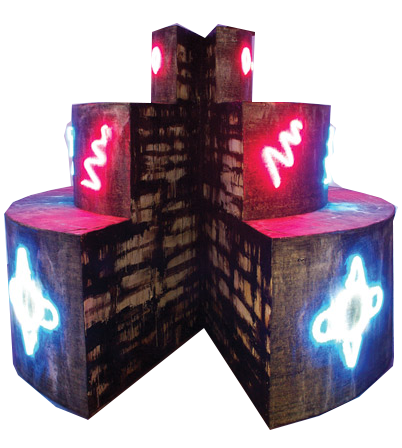
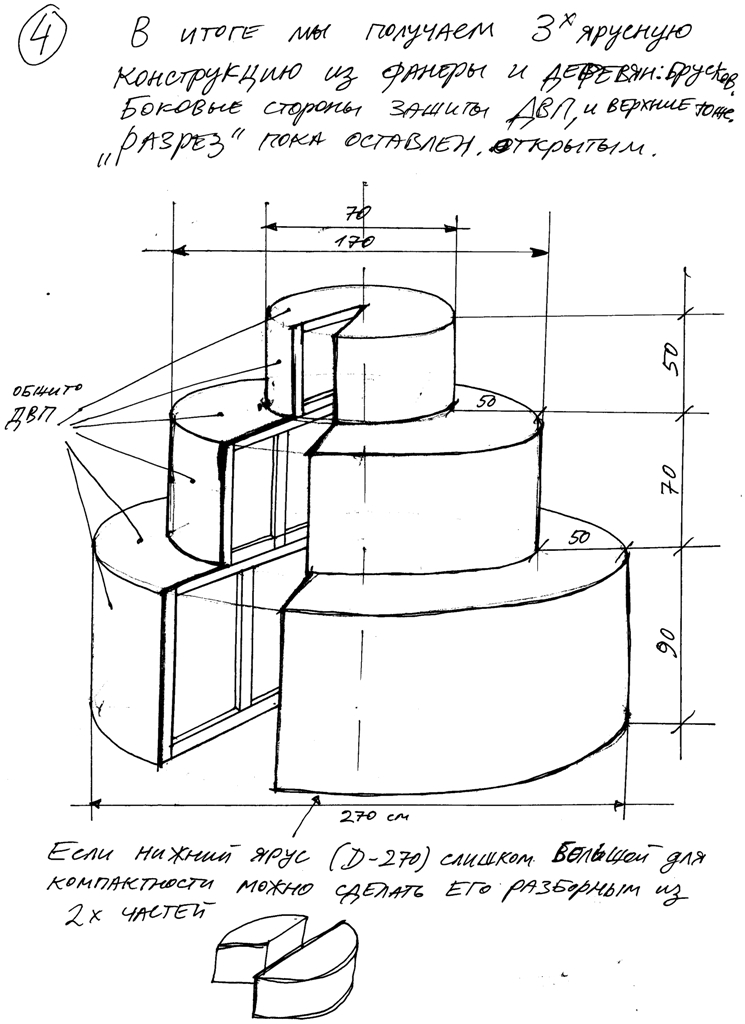
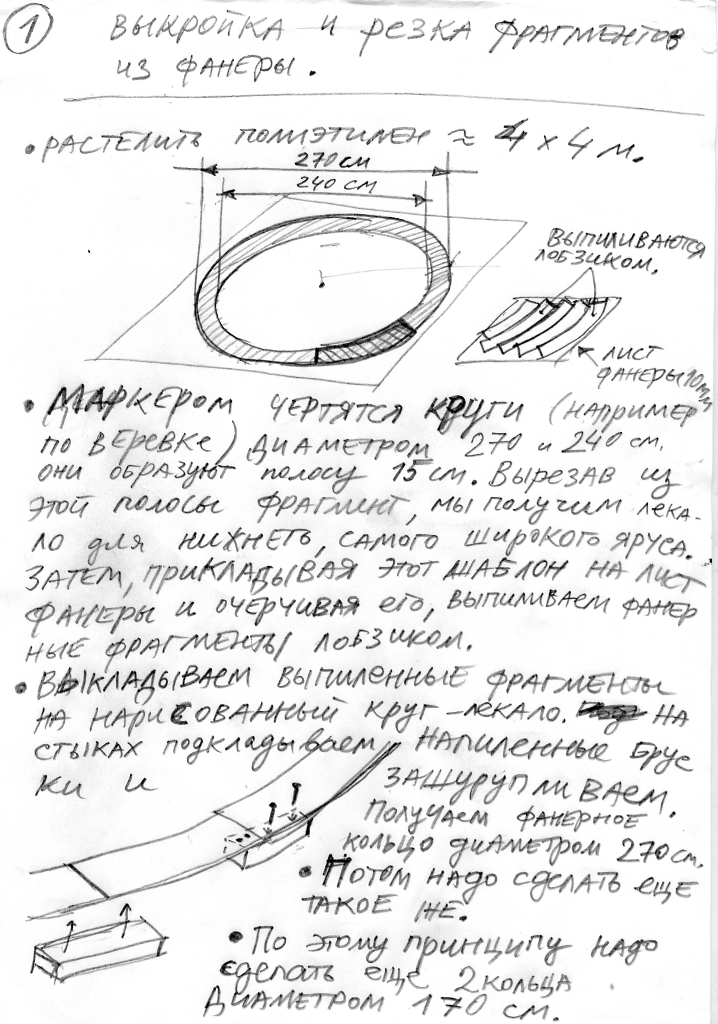
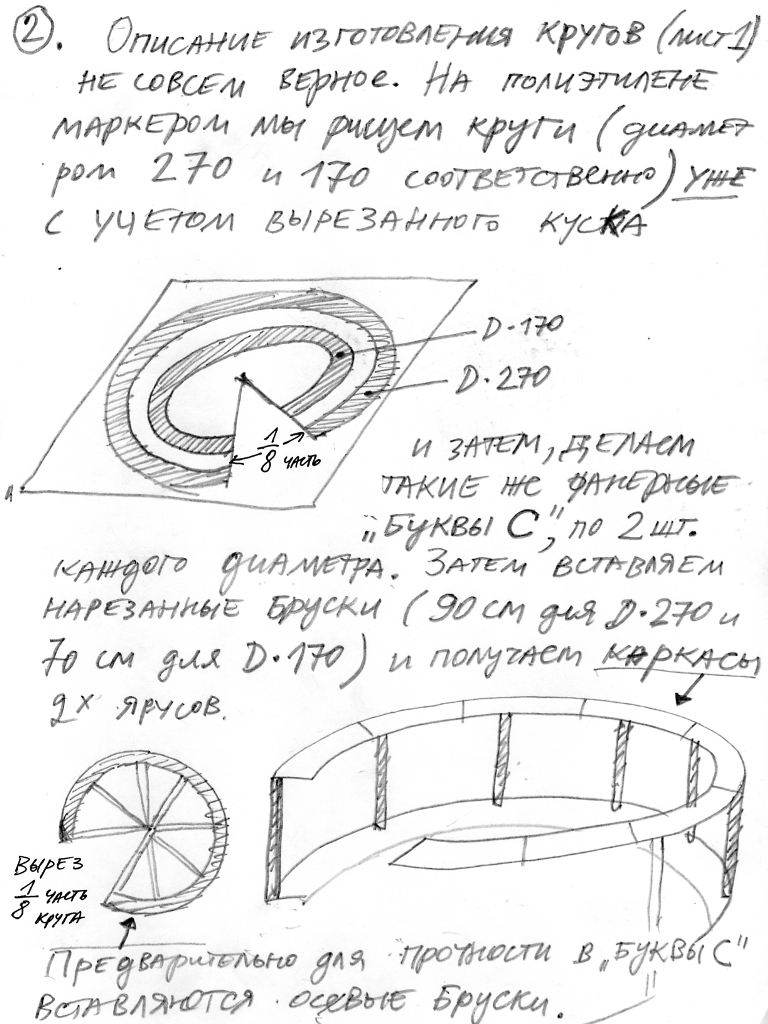
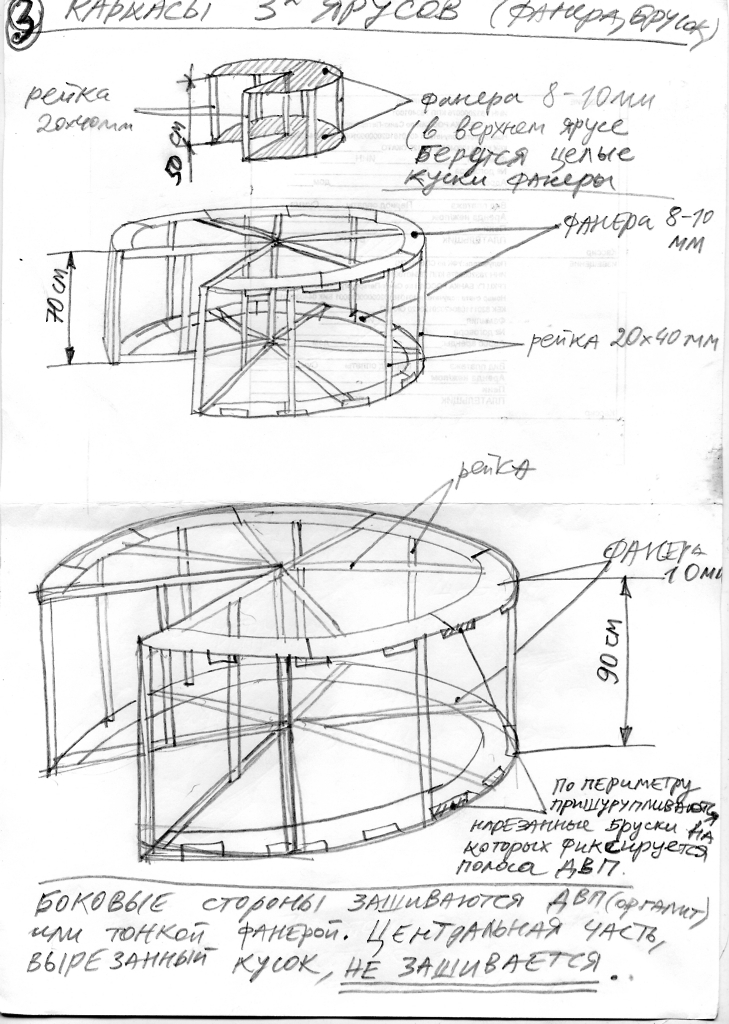

City is a unique cultural organism where historical and town-planning, architectural and toponymic stories, as well as social customs and norms that have developed in this place, are in work. But ArtBatFest is, first of all, an intent to give to the city its own unique traditional celebration. For the city dwellers of the post-Soviet countries, it is normal to be socially apathetic to celebrations because they got accustomed to any social celebration being something where they act only as extras, whom the "leaders" have to entertain. But a real celebration means a bottom-up initiative, and only supported top-down in administrative and financial terms! City is something that belongs to people who love it, think about it and feel responsible for it. It is this feeling that encourages appearance and creative perception of such forms of art as Street art and Public art. It is the art that has come out into the streets and that implies interaction with the city space and being accessible for an amateur viewer. ArtBatFest, though still having a short history, is a move in this direction.








































